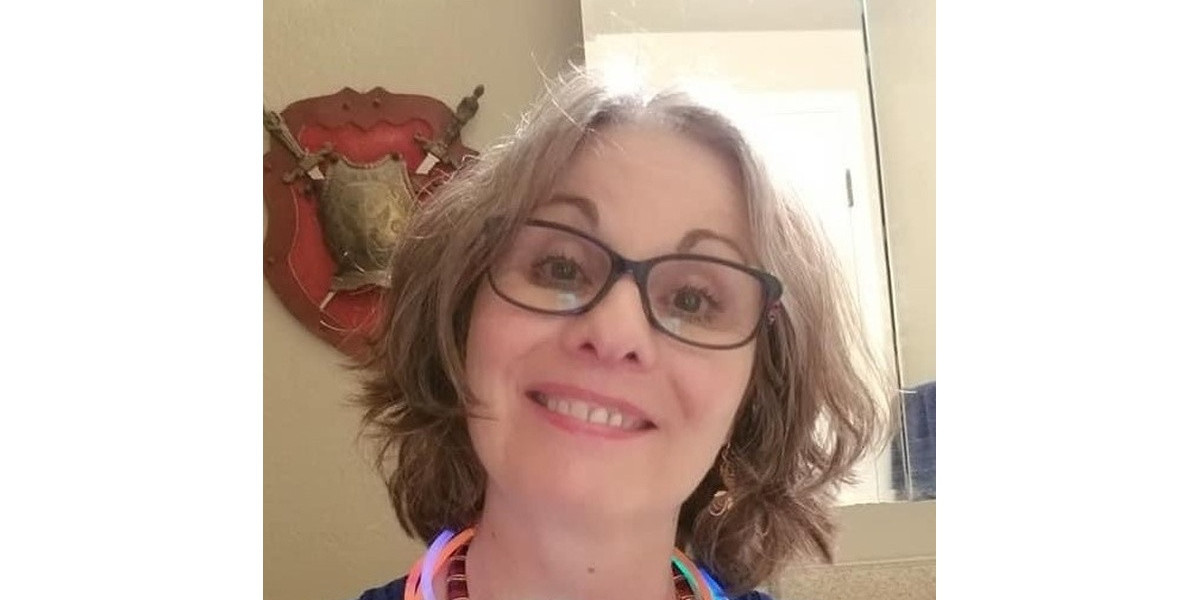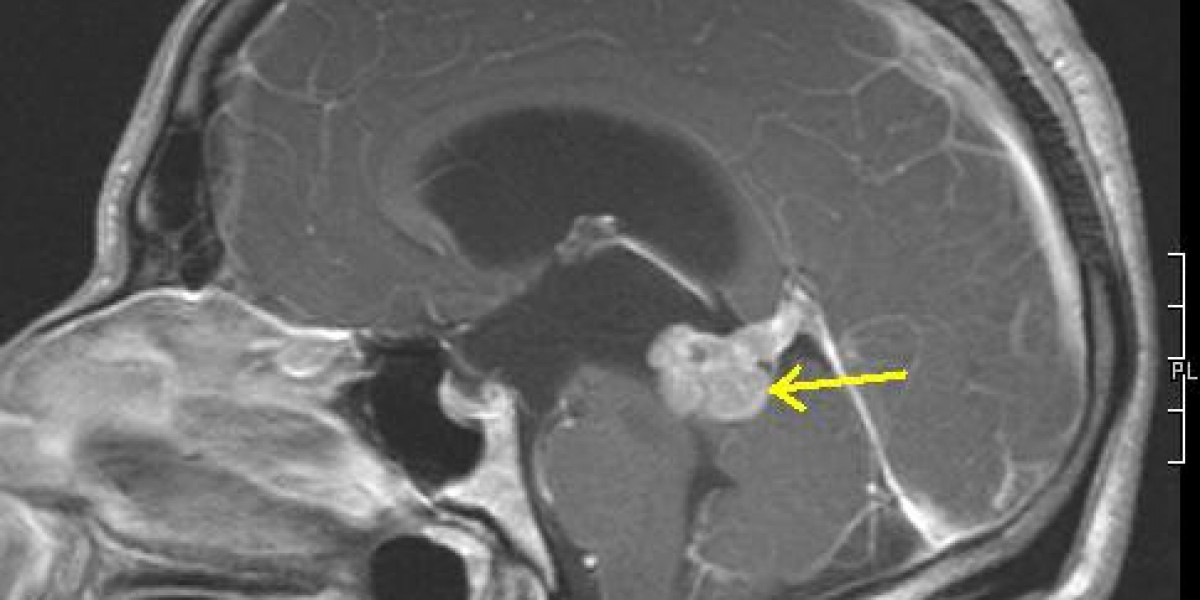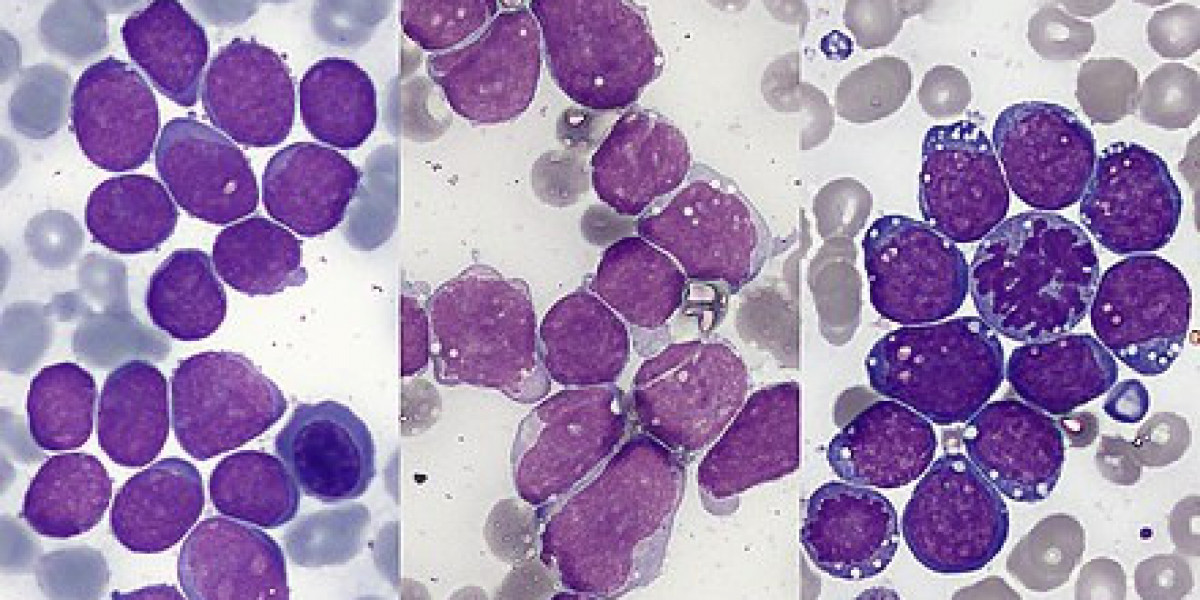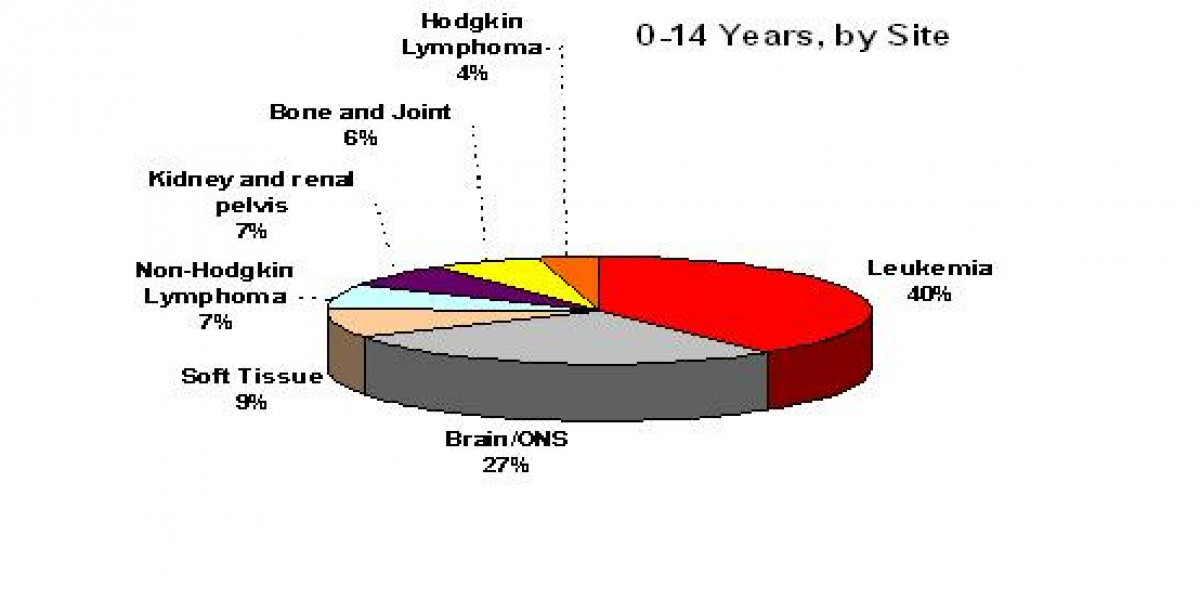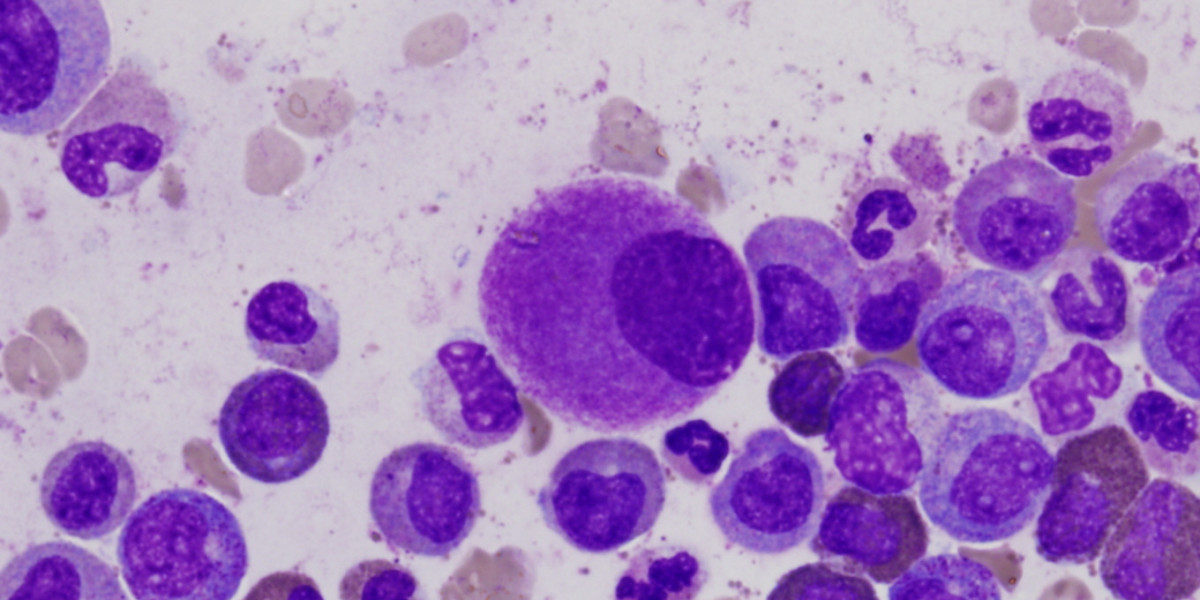Posted by: Skin And Cancer Institute in Skin Cancer
Mohs is a surgical technique for removing skin cancer–one layer at a time. The dermatologist removes a layer of skin, looks at it under the microscope, and then only removes another layer of skin if cancer cells are still present.
It’s considered the gold standard of skin cancer surgery and is favored above local excision. That’s because not only does regular surgery remove cancer, it takes the surrounding healthy skin with it. Mohs surgery, in contrast, leaves healthy tissue intact and makes for the smallest scar possible.
Frederic E. Mohs, MD developed the technique that is now known as Mohs surgery in the 1930s and it became more widely known in the 1960s. Today, dermatologists across the country (including at the Skin and Cancer Institute) practice this technique.
Mohs surgery is used to treat people with basal and squamous cell carcinoma. It’s helpful for skin cancers that have a high risk of recurrence. It’s also useful for skin cancers that are:
Yes. Mohs surgery is done at your dermatologist’s office and is performed under local anesthesia, so you can go home the same day. It’s difficult to know just by looking at the surface of the cancer how deep it might go. That’s why it’s hard to estimate how long the surgery will last. It can take anywhere from a few hours to the entire day to perform because it’s done in stages.
Your dermatologist will remove the visible part of the cancer. They’ll also take a bit of the underlying skin. This skin is examined under a microscope. If cancer cells are still present, the surgery continues, one skin layer at a time, until all the cancer is removed.
An advantage of Mohs surgery (despite the time commitment) is that you leave your dermatologist’s office confident that you are cancer free! Your dermatologist ensures this when they examine each layer of skin they remove–they only stop when the cancer is gone.
The goal of Mohs surgery is to remove the cancer while leaving the surrounding healthy tissue in place. This makes for a smaller scar than standard skin cancer surgery. Your dermatologist will give you wound care instructions, which may include introducing silicon dioxide gel or pads to the healing process. This helps the scar heal as unnoticeable as possible.
Mohs surgery was named after Dr. Frederic E Mohs, who developed the technique nearly one hundred years ago. It’s used to remove skin cancer, especially basal carcinoma and squamous cell carcinoma. The technique is unique because your dermatologist only removes one layer of skin at a time. They examine that layer under a microscope-looking for cancer cells. If none are found, the surgery is over and the wound is closed. If cancer cells are still present, another layer of skin is removed until you are cancer free. Because Mohs surgery is an outpatient procedure, you can go home the same day. Scarring is minimal (compared to standard surgery) and your dermatologist can give you silicon dioxide gel or pads to improve the healing process.
Call us to speak to a member of our patient service center.
Skin and Cancer Institute operates 40+ locations throughout California, Nevada, and Arizona! Our practices are conveniently located in and near major counties and cities such as Los Angeles , Las Vegas and Phoenix . Our practices offer a wide variety of dermatology services including skin cancer treatments and cosmetic procedures utilizing various types of lasers.
Copyright © 2025 Skin And Cancer Institute, All Rights Reserved.
Terms & Conditions | Privacy Policy | Accessibility Statement
Originally published on Skin & Cancer Institute: https://skinandcancerinstitute.com/how-common-cancers-are-treated-with-mohs-micrographic-surgery/


